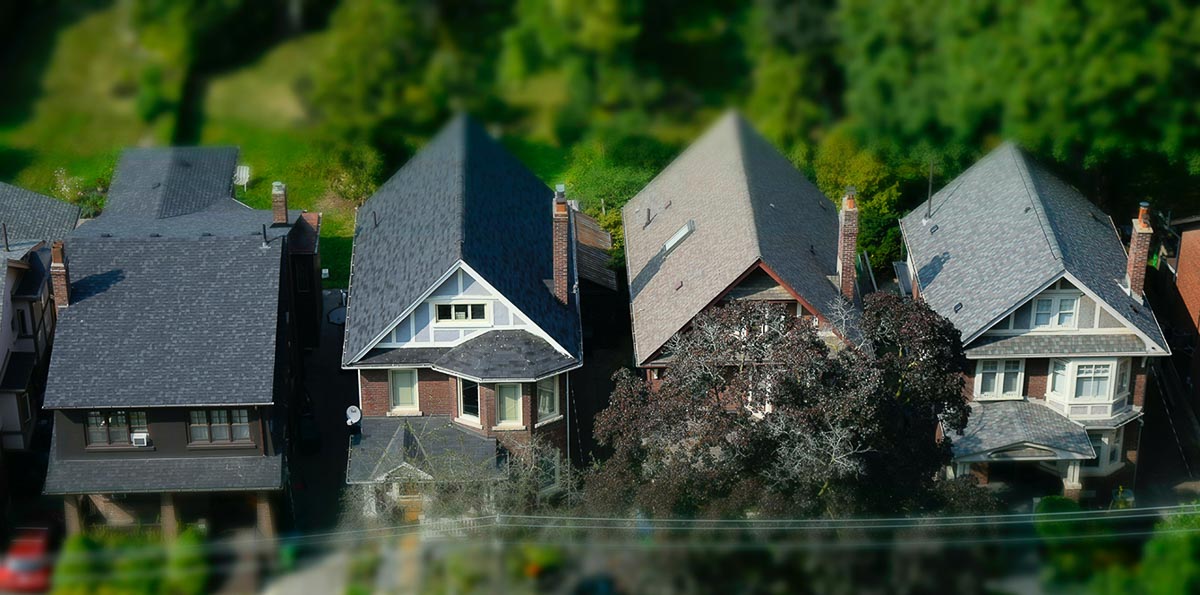Property tax rates in Texas are among the highest in the country. There’s no state income tax, so property taxes take on the burden of funding many government services.
As a result, property taxes are a big deal. In Harris County, there are hundreds of employees across multiple agencies who handle the assessment and collection of property taxes.
There is also an appraisal review board (ARB) that adjudicates property tax protests. This year alone, the ARB lowered overall property tax assessments by $22 billion, with $3 billion going to homeowners. That reduces tax bills — and local government revenue — by hundreds of millions of dollars.
I’m a homeowner in Harris County. As I pulled out my checkbook to pay next year’s property tax bill, I had a lot of questions: Who protests their tax bill? Where do they live? Are they successful? If so, how successful?
Luckily, the Harris County Appraisal District provides great open data that is rich with information. I used that data to complete an analysis of property tax protests in Harris County.
Here are the five most surprising things I learned:
1. If you’re a homeowner and you have the time, it’s better to do it yourself.
Homeowners who handled their own protest reduced their bill by 54% more than homeowners who hired help. The median reduction for self-represented homeowners was $7,889, while the median reduction for homeowners who hired help was $5,125. At a 2% tax rate, a DIY protest saves an extra $55 on the tax bill.
2. There are no fees to file an initial protest.
Through HCAD’s online appeals process, there is no fee to protest your tax assessment. Also, most protest firms only charge if they can reduce your bill, so there is little to no financial risk when filing a protest.
3. Predominantly black and Latinx neighborhoods are less likely to protest.
Homeowners in majority black neighborhoods are 40% less likely to protest than homeowners in white neighborhoods. And homeowners in majority Latinx neighborhoods are 33% less likely to protest than homeowners in white neighborhoods.
4. Protests from predominantly black or predominantly Latinx neighborhoods are less likely to be effective.
The worst outcome for a protest is no change in the initial assessment. The number of protests that ended up with no change in assessment is much higher in communities of color. Homeowners in majority black neighborhoods are 36% more likely than majority white neighborhoods to have no change in their tax assessment. Homeowners in majority Latinx neighborhoods are 24% more likely to have no change than white neighborhoods.
5. The protest industry is Harris County is probably worth over $100 million.
In total, there were about $22 billion in property tax reductions in 2019. At a 2% tax rate, this represents about $444 million in tax payments this year. Typically, service providers charge between 20-50% of the savings they achieve, putting the market size somewhere between $88 million and $222 million.
You can check out the map for yourself:
Data: Harris County Appraisal District (HCAD) 2019, Census/ACS 2017

